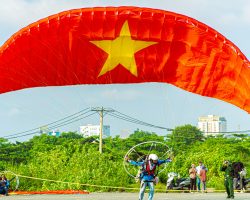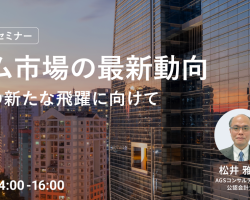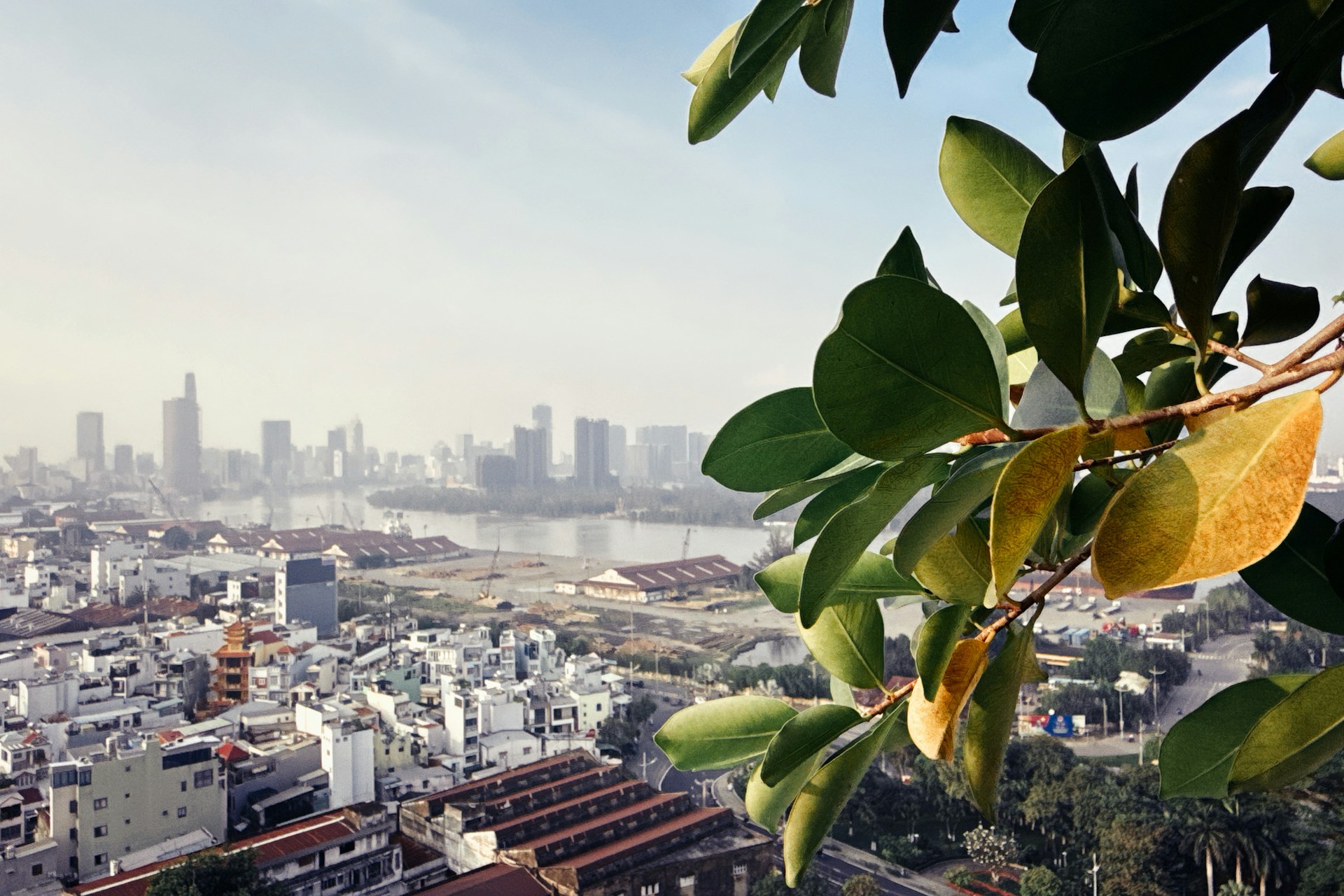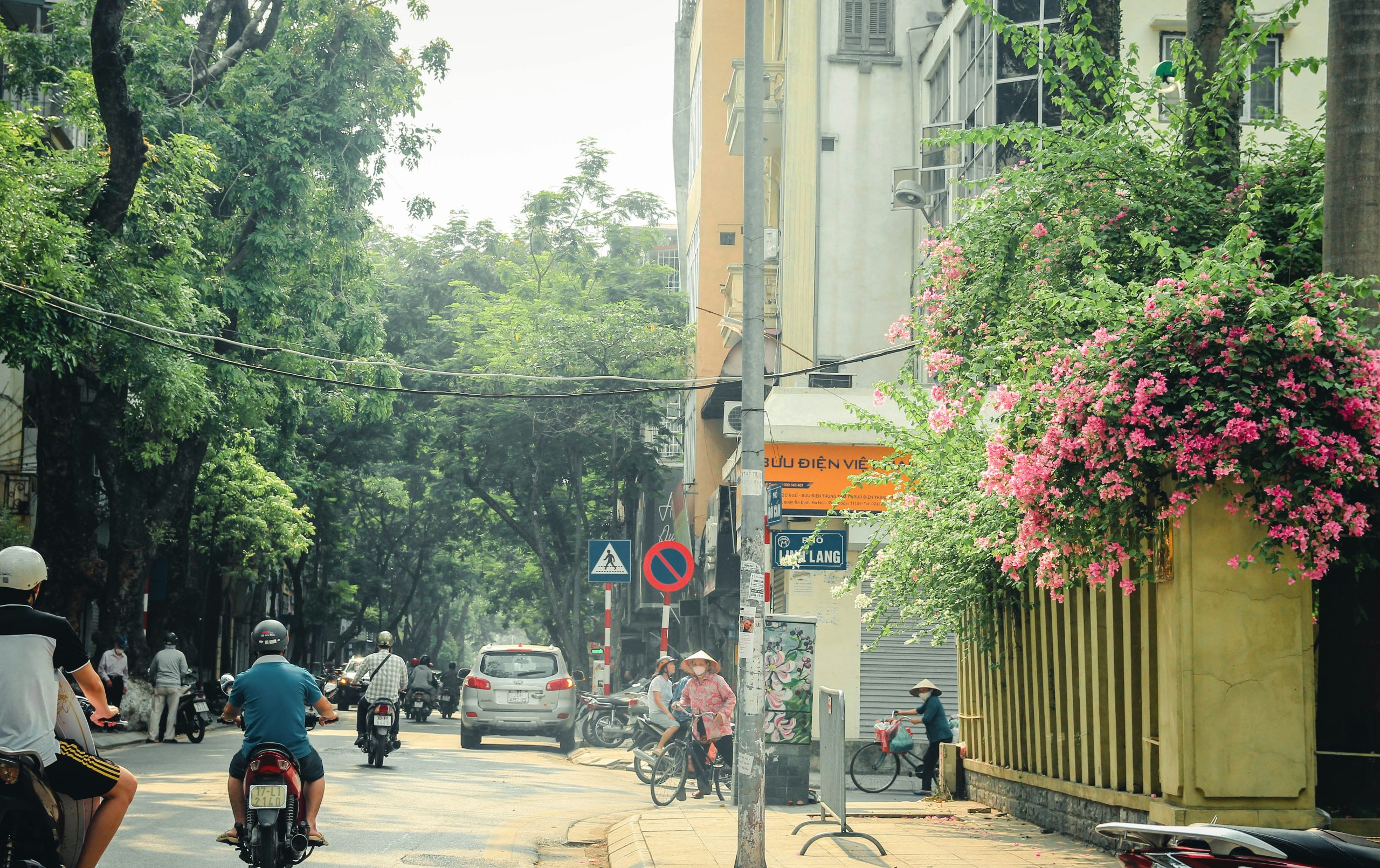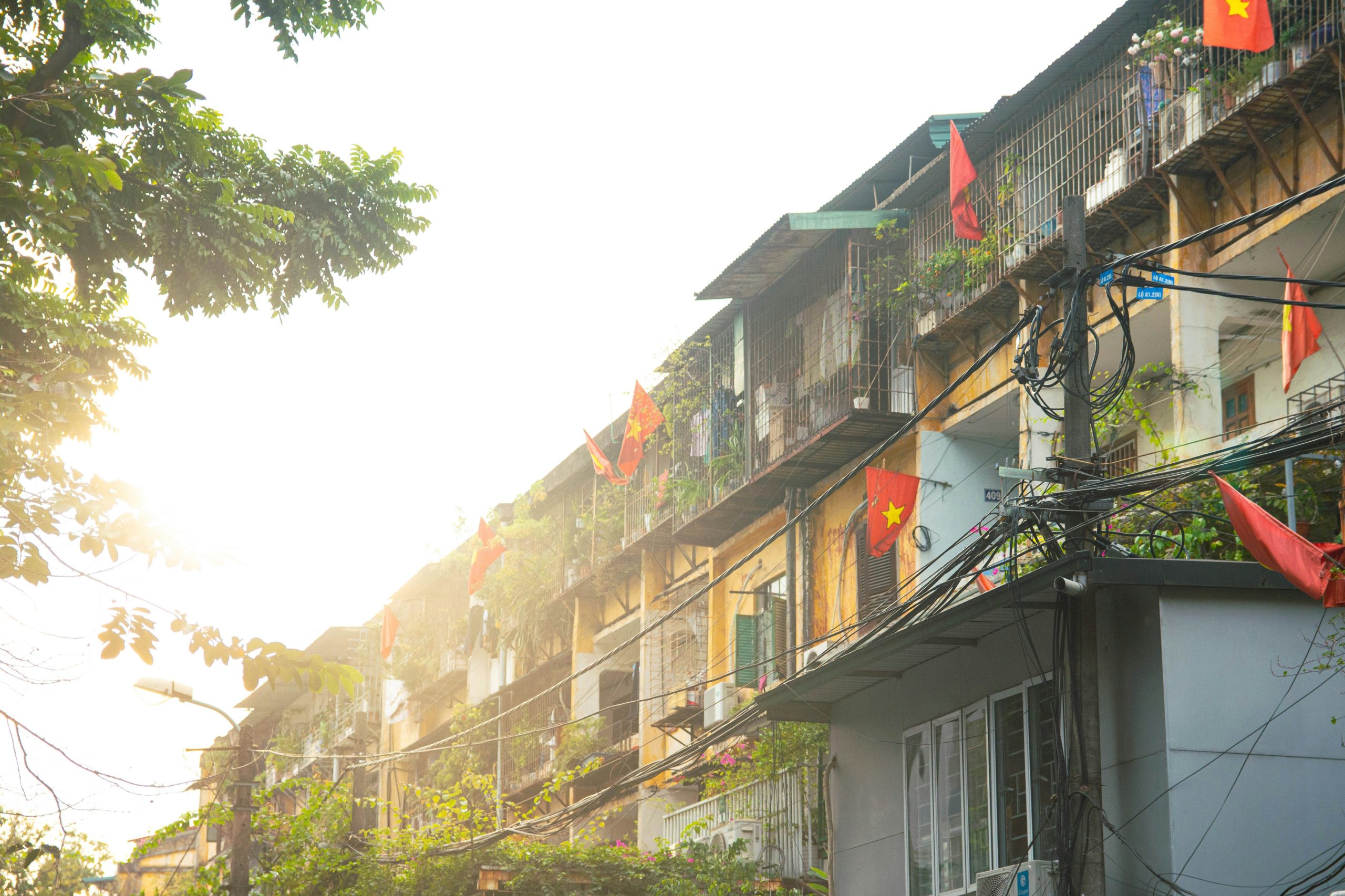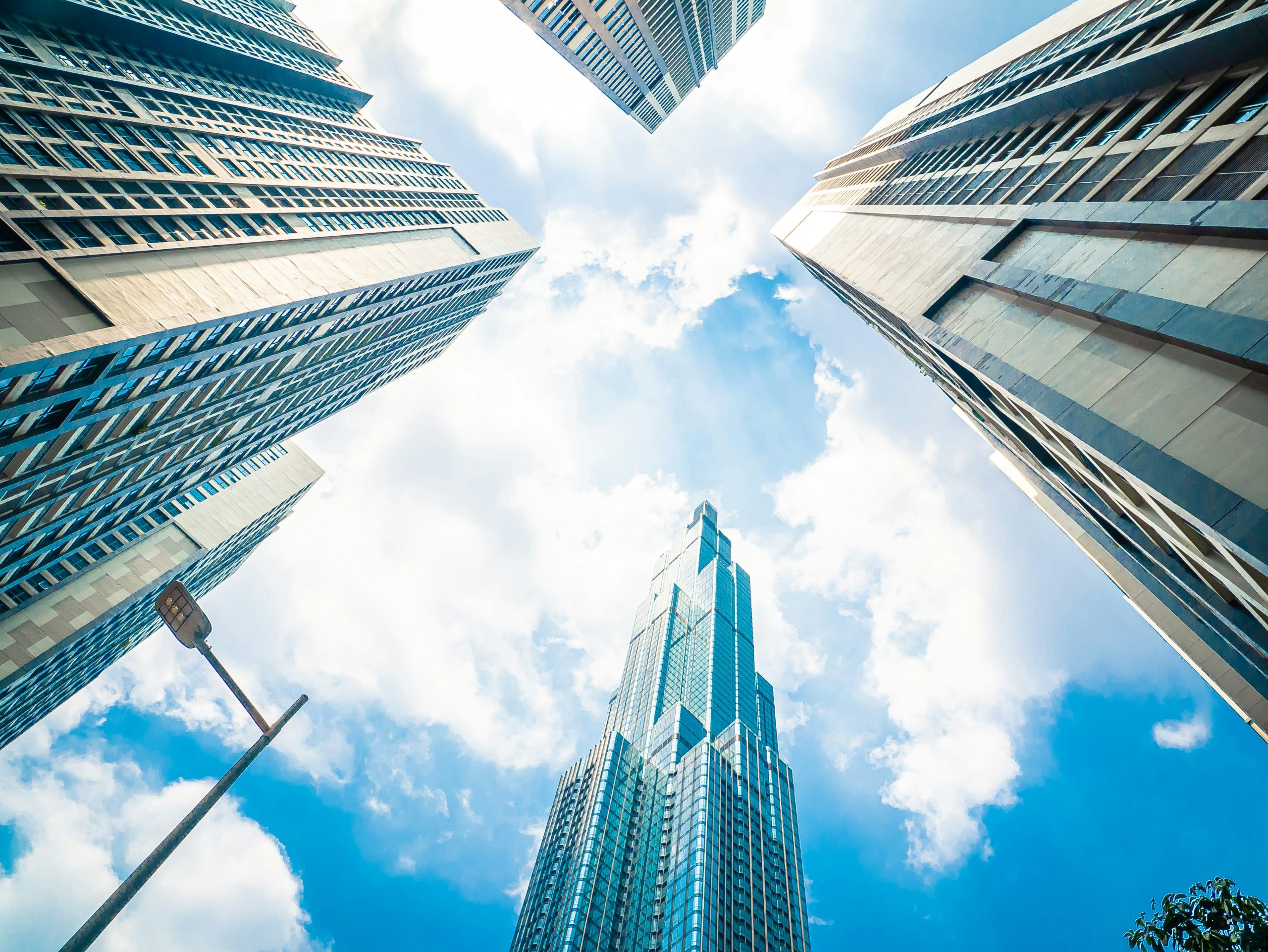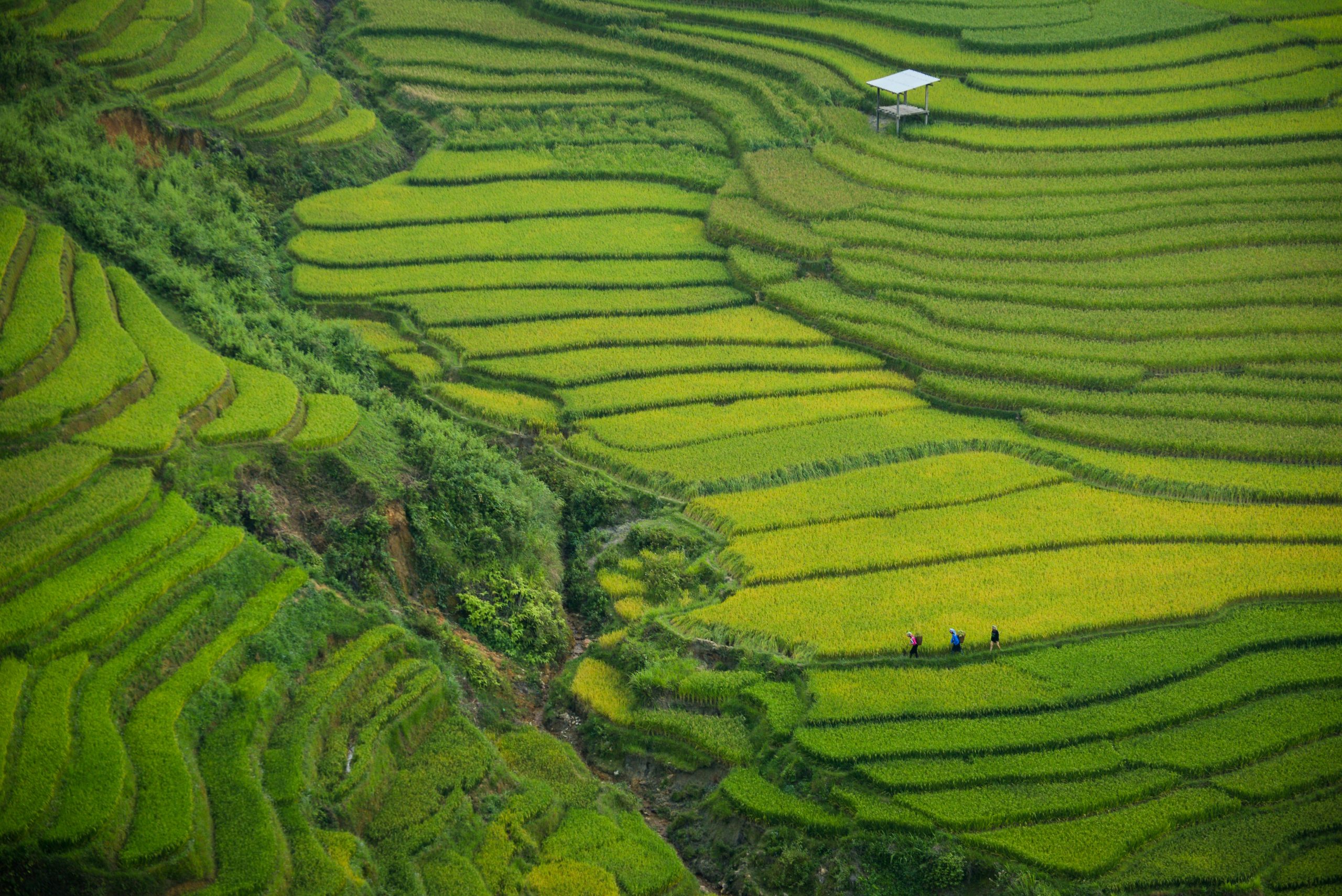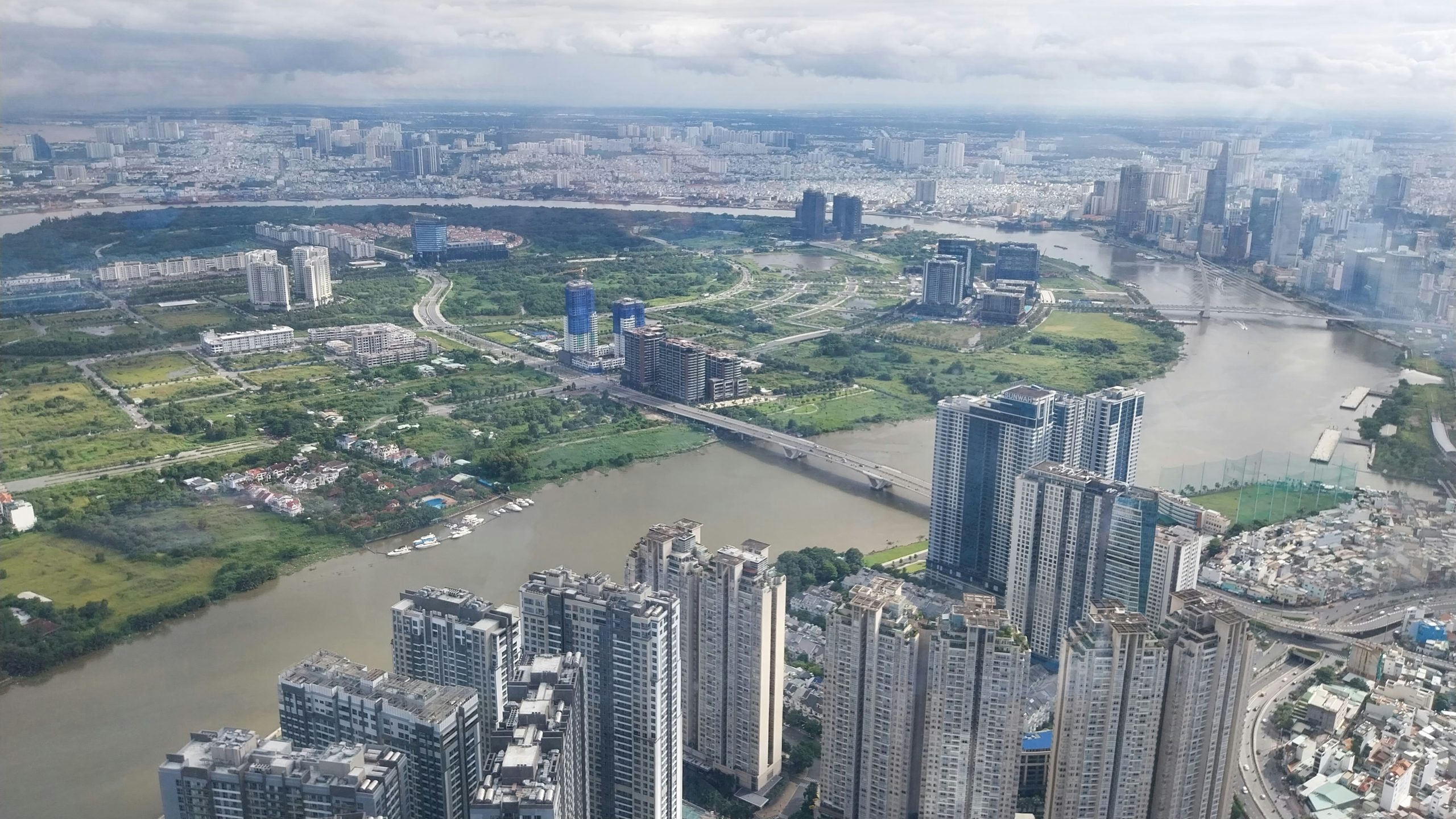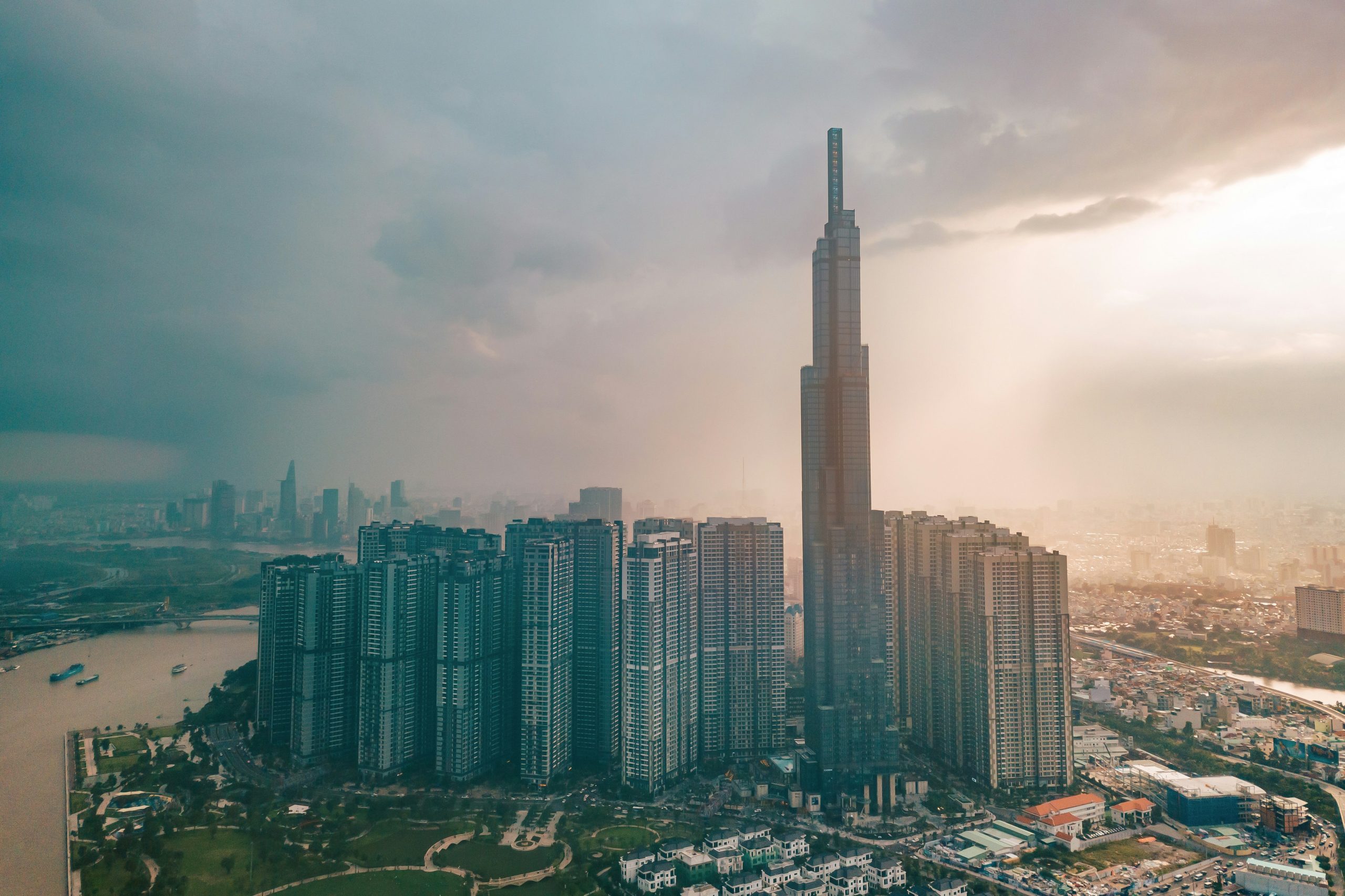Market Overview
The market for eco-industrial parks[1] (EIPs) in Vietnam is gaining traction as the country seeks to balance rapid industrialization with environmental sustainability. Driven by increasing awareness of environmental issues and government support, several eco-industrial parks have been established, particularly in key regions like the Southeast and the Red River Delta. The Vietnamese government has integrated EIPs into its national strategies, emphasizing green growth and sustainable development. As a result, there is a growing interest from both domestic and foreign investors in these parks, particularly in sectors such as renewable energy, waste management, and sustainable manufacturing.
Current Situation
Vietnam’s economic landscape has transformed dramatically over the past few decades, characterized by robust industrial growth, especially in manufacturing and export-oriented sectors. This rapid development, however, has led to environmental degradation, resource depletion, and urban pollution, prompting the government to seek sustainable development alternatives. In this context, eco-industrial parks have gained traction as a viable solution.
The Vietnamese government has recognized the potential of EIPs as part of its broader industrial policy. Initiatives to promote eco-industrial development are encapsulated in various national strategies. In recent years, especially following the government’s commitment to green growth, the establishment and promotion of EIPs have gained significant momentum. According to Decree 35/2022/NĐ-CP[2], issued by the Government about the management of industrial parks and economic zones, there are 4 crucial ways to support EIPs nationwide.
Firstly, investment support for eco-industrial parks includes the construction and upgrading of infrastructure within and around existing industrial parks to facilitate their transition. This involves attracting investments and supporting technology transfer to enhance resource efficiency and reduce pollution. Secondly, collaboration among businesses is essential, as they can share infrastructure and reuse materials, water, and waste, leading to lower costs and improved efficiency. Partnerships with third parties can further foster industrial symbiosis by providing necessary infrastructure and services. Thirdly, a designated public institution will offer information on resource use and cleaner production, while agencies and investors are encouraged to contribute data to support these initiatives. Finally, the management board will also work with relevant agencies to certify and monitor eco-industrial parks, ensuring accurate updates in the national information system.
One of the critical factors affecting the growth of eco-industrial parks in Vietnam is the level of investment. While the country has attracted significant foreign direct investment (FDI) in traditional industries, eco-industrial initiatives have yet to see the same level of enthusiasm. Many local and foreign investors are still unfamiliar with the concept of EIPs and the long-term benefits they offer. Additionally, the lack of incentives for companies to adopt sustainable practices has hindered progress in this area.
As of 2024, Vietnam has 422 industrial parks. The Ministry of Planning and Investment reported that during the 2020-2024 period, it collaborated with the United Nations Industrial Development Organization to support the transformation of existing industrial parks into EIPs; of which, 217 solutions have been implemented[3]. Even though there’s no correct data on the number of eco-industrial parks in Vietnam currently, but the concept of eco-industrial parks began to take shape in the early 2000s, with the most prominent ones are primarily concentrated in key provinces such as Binh Duong, Dong Nai, and Hai Phong, which are known for their robust manufacturing bases. Eco-industrial parks differ from traditional industrial parks in that they emphasize sustainability, encouraging businesses to adopt environmentally friendly practices. This includes offering special investment incentives aimed at attracting clean technologies and promoting resource sharing among companies, making them distinct from conventional parks that primarily focus on economic growth.
Introduction of some major EIPs in Vietnam
From 2020 to 2024, the Ministry of Planning and Investment, in collaboration with the United Nations Industrial Development Organization, has implemented the project called “Implementation of Eco-Industrial Parks in Vietnam based on the Global Eco-Industrial Park Program” with a total budget of $1,821,800 funded by the Swiss State Secretariat for Economic Affairs. This project spans five provinces/cities: Ho Chi Minh City, Can Tho, Dong Nai, Da Nang, and Hai Phong province, specifically in the following industrial parks: Hiep Phuoc, Amata City Bien Hoa, Dinh Vu (Deep C), Hoa Khanh, and Tra Noc 1 & 2[4].
Opportunities for Japanese investment in eco-industrial parks in Vietnam
Japanese investment in EIPs in Vietnam presents substantial opportunities for growth and collaboration, aligning with both nations’ goals of sustainability and innovation. Firstly, Japanese companies have the potential to play a pivotal role in the construction and development of eco-industrial parks. A notable example is the joint venture of Marubeni Corporation and T&T Group aims to explore investment opportunities for developing an EIP and becoming a partner in providing green energy for industrial parks in Thai Binh[5]. These investments not only enhance the local infrastructure but also reflect Japan’s commitment to environmental stewardship and corporate social responsibility. By leveraging their expertise in eco-friendly technologies and efficient resource management, Japanese investors can significantly contribute to Vietnam’s ambition of becoming a leader in sustainable industrial development.
Secondly, the ongoing development of eco-industrial parks creates a highly favorable business environment for Japanese enterprises looking to expand their operations in Vietnam. These parks provide a collaborative framework that allows companies to share resources, reduce operational costs, and engage in innovative practices. For instance, approximately 80-85% of foreign direct investment enterprises have high requirements for ESG standards when selecting factory locations, prioritizing sustainability factors[6]. This is particularly advantageous for Japanese firms, which often emphasize sustainability in their business models. By operating within eco-industrial parks, they can benefit from synergies created by shared facilities and expertise, leading to improved efficiency and competitiveness.
Moreover, Vietnamese government is still on the progress of promoting eco-industrial parks construction, offering various incentives to attract foreign investment. These include tax breaks, streamlined regulations, and support for research and development initiatives. Such measures make it easier for Japanese companies to navigate the investment landscape, ensuring a smoother entry into the Vietnamese market.
Conclusion
In conclusion, the current situation of eco-industrial parks in Vietnam reflects both challenges and opportunities. As the government moves towards integrating sustainable practices into industrial development, the potential for eco-industrial parks to play a significant role is evident. For Japanese investors, the landscape presents numerous opportunities to leverage their expertise and contribute to Vietnam’s sustainable development goals. By fostering partnerships, transferring technology, and promoting green practices, Japan can significantly impact the growth of eco-industrial parks in Vietnam, paving the way for a more sustainable future.
———————–
[1] According to Decree 35/2022/ND-CP, an eco-industrial park is defined as an industrial park in which enterprises located inside its perimeter get involved in cleaner production, make effective use of natural resources and enter into production linkage and cooperation for industrial symbiosis; which meet the criteria stipulated herein <Assess>
[2] Government Document (2022). Decree No. 35/2022/ND-CP: Regulations on the management of industrial parks and economic zones. <Assess>
[3] Industry and Trade Magazine (2024). Eco-industrial parks: Green and sustainable development model <Assess>
[4] Communist Magazine (2024). Promoting the implementation of eco-industrial parks in Vietnam <Assess>
[5] Enternews (2024). Japanese businesses want to invest in green industrial parks in Thai Binh <Assess>
[6] Real estate investment (2024). FDI enterprises prioritizing EIPs when renting factories <Assess>
| B&Company, Inc.
The first Japanese company specializing in market research in Vietnam since 2008. We provide a wide range of services including industry reports, industry interviews, consumer surveys, business matching. Additionally, we have recently developed a database of over 900,000 companies in Vietnam, which can be used to search for partners and analyze the market. Please do not hesitate to contact us if you have any queries. info@b-company.jp + (84) 28 3910 3913 |
Read other articles










